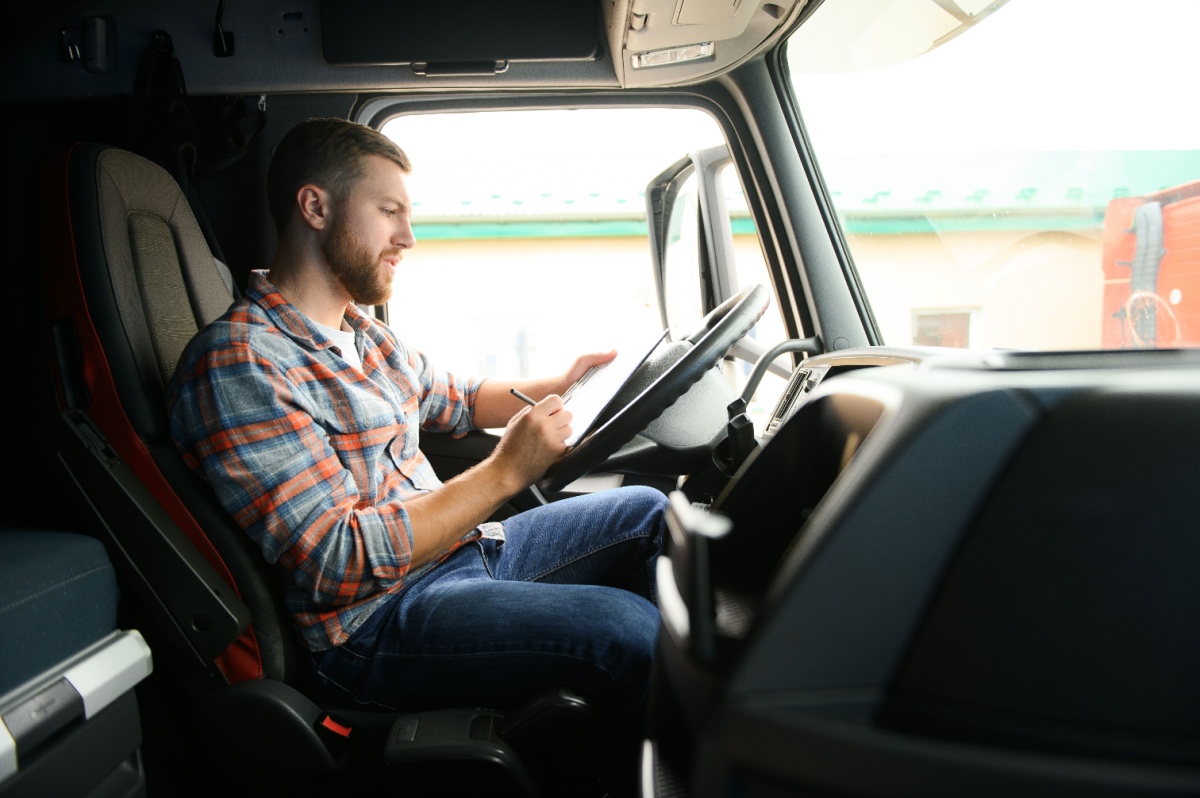Deciding between a Class A or Class B Commercial Driver’s License (CDL) can significantly shape the direction of your driving career. Each license offers access to different types of vehicles, job opportunities, and earning potential. Before enrolling in a training program, it is essential to understand what each license covers and how it aligns with your career goals. Your choice can influence the types of goods you transport, your routes, and the companies that may hire you.
Class A and Class B CDLs open doors to rewarding careers, but the license that suits you best depends on the driving you want. While Class A drivers typically handle longer hauls and more complex equipment, Class B drivers often work in local delivery or service-related positions. Knowing the key differences will help you make a confident and informed decision before entering the commercial driving world.
At Truck U, we specialize in professional CDL training that prepares students for success on the road. With hands-on instruction and personalized support, we equip future drivers with the skills, knowledge, and confidence they need to pursue careers in commercial transportation.
Key Differences Between Class A And Class B CDLs
Here’s what sets these licenses apart:
1. Class A CDL
A Class A CDL is considered the most versatile commercial license, allowing drivers to operate a combination of vehicles weighing 26,001 pounds/more, including towed units heavier than 10,000 pounds. This license qualifies drivers to operate tractor-trailers, flatbeds, tanker trucks, and livestock carriers. It also enables them to drive Class B and C vehicles, offering wider job flexibility. Drivers with a Class A license typically work in long-distance trucking, regional hauling, and over-the-road freight. These roles often include crossing state lines and spending extended periods away from home. Pay rates for Class A drivers can be higher, especially for specialized freight or team driving positions.
2. Class B CDL
The Class B CDL is more limited in scope but offers strong career potential. It allows you to drive single vehicles weighing 26,001 pounds or more or towing under 10,000 pounds. Standard cars in this category include dump trucks, delivery trucks, school buses, and city transit vehicles. Class B drivers usually operate within a local or regional area, which means more predictable schedules and less time on the road.Many municipal and service-based roles require a Class B license, including waste management, construction, and passenger transport. These jobs are ideal for staying home each night and value job consistency.
3. Training Time And Cost
The training required for a Class A CDL is typically more prolonged and intensive. Because of the size and complexity of the vehicles involved, programs often run several weeks and include hands-on learning, road skills, and classroom instruction. Class B programs are generally shorter, making it easier to complete training and start working sooner. While Class A programs may cost more upfront, they often lead to jobs with higher earnings, which can offset the investment quickly.
4. Job Availability And Career Pathways
Class A licenses give you access to various job types, including cross-country hauls and specialized freight. This creates more opportunities to advance into niche markets such as hazmat, oversized loads, or refrigerated cargo. A Class A can provide greater long-term flexibility for drivers interested in branching into owner-operatorroles or long-term career advancement.
On the other hand, Class B roles are often easier to obtain and can provide a steady, consistent workload. Many Class B drivers work for local governments, delivery services, or private companies with recurring routes. These positions are ideal for those who want to build a stable, long-term career close to home.
5. Endorsements And Career Customization
Both licenses can be supplemented with endorsements that allow you to carry specific types of cargo. For example, a passenger (P) endorsement is often required for bus drivers. The hazardous materials (H) endorsement is typically added to a Class A license and is necessary for transporting dangerous goods. These additions can significantly enhance your job prospects and earning potential, regardless of the license class.
Work With Experts Who Understand The Industry
Choosing the right CDL can feel like a big decision, but you do not have to make it alone. By working with a knowledgeable training team that understands industry demands, you can receive guidance tailored to your goals. At Truck U, our instructors take time to evaluate your interests, answer your questions, and make recommendations that align with the driving career you want.
We also ensure our students are prepared for real-world scenarios. Our hands-on training and comprehensive exam prep have helped hundreds of drivers earn their CDLs and start meaningful careers across the transportation industry. With connections to local and national carriers, we help graduates confidently transition from the classroom to the road. Starting a career in commercial driving is a significant step, and the proper training makes all the difference.
For information about a Class A or Class B CDL, call Truck U at 702.533.3565.

